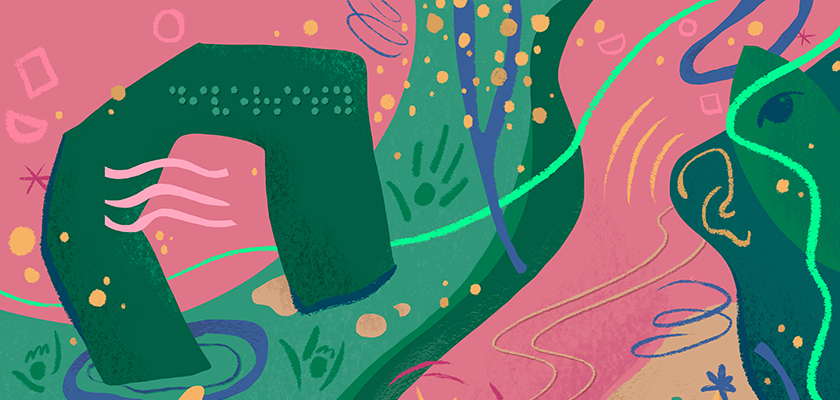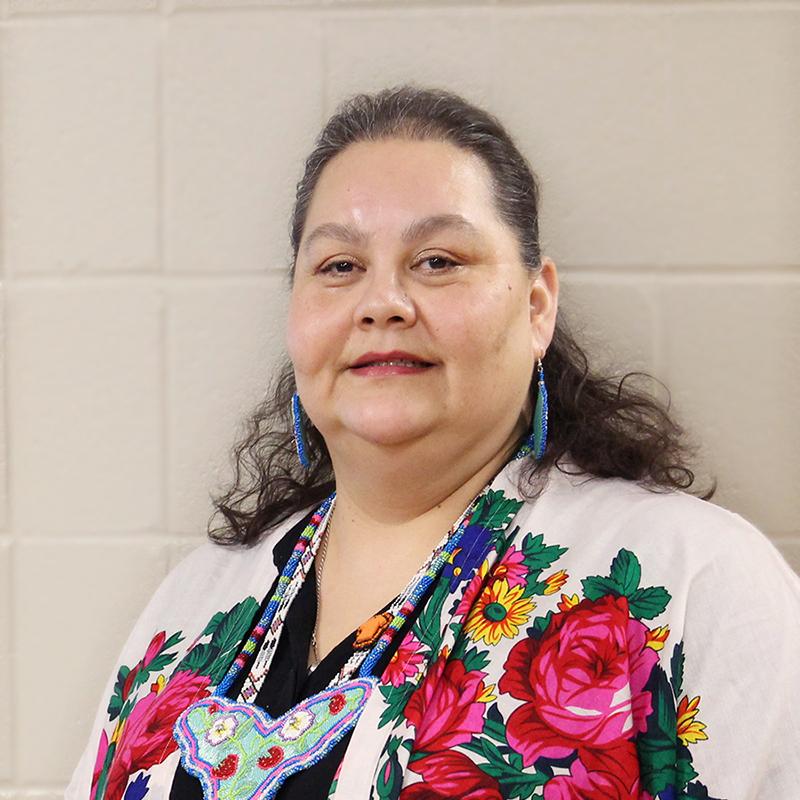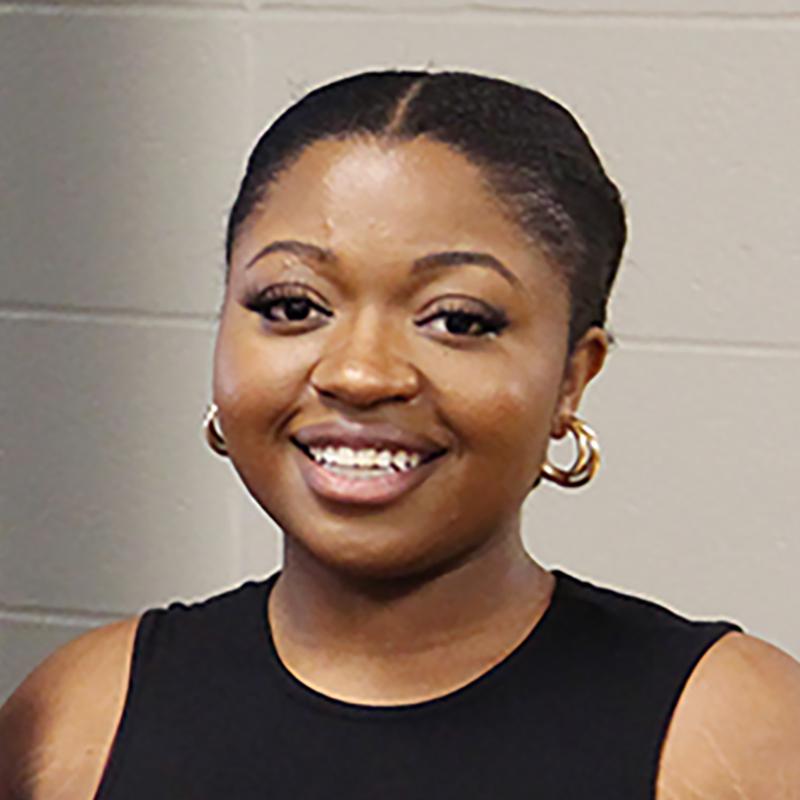As educators, how do we view disability and ability?
A disability could be mental or physical. It could be visible or invisible. It could be temporary or lifelong. Disability takes many forms—so does prejudice.
Just as discrimination related to race, gender identity and religion requires attention and understanding, prejudice in the forms of ableism and disablism is also important to recognize.
Researcher Maria Timberlake describes ableism as “a largely unconscious acceptance of able-bodied privilege and sense of normal that does not need to be defined, normal is recognizable, and ‘we know it when we see it.’” As a society, we have been conditioned to privilege those who are “normal”—however elusive the definition—and to pity, shun or overlook individuals who do not fall into that category.
Ableism and disablism in education can affect both teachers and students. In the series Ableism in the Academy, associate professor Steven Singer speaks candidly about his experiences as a Deaf man working in higher education. He details the instances of the ableism he encountered both as a professional and as a student, explaining how his D/deafness was often disregarded and how his mental illness was used against him at times. Aware of some of the discriminatory acts, he was more concerned with how ableist ideology and actions had impacted or would impact him when he was unaware. After all, how can the unseen consequences of bias be addressed?
Singer was keenly aware of his privileged position despite his disability, and even as he faced discrimination as a professional, it was the ways in which his students might be disadvantaged or disempowered that concerned him the most. This can be the troubling reality in schools, as students do not always have a voice and often have decisions made on their behalf by adults.
As educators, how do we address ableism and disablism in policies, spaces and practices? To help create inclusive environments for colleagues and students alike, consider the following actions:
- Research disabilities to gain understanding and to identify what you do not know.
- Seek support from experts and/or people with disabilities to identify what you do not know.
- Analyze and evaluate spaces with students and staff for areas of need or improvement (e.g., ramps, access to Braille, types of lighting and sounds). Always include individuals with disabilities in this process!
- Analyze and evaluate practices and accommodations with students and staff (e.g., access to ASL interpreters, access to visuals/tactile objects, access to modified pacing or workload, access to enlarged print). Again, always include individuals with disabilities in this process!
- Examine accommodations or lack of accommodations for bias. What assumptions are being made about individuals when accommodations are not provided?
- Examine relationships with students with disabilities and their parents. What steps have been taken to build inclusive decision-making practices with stakeholders?
- Reflect on and explore perspectives of stakeholders with regard to ableism and disablism ideology.
- Create opportunities for stakeholders to engage in discussion, feedback and participation in creating policies and/or practices.
- Reflect, revise and take action (and repeat!).
We can all take action to promote inclusion with intentionality, work to dismantle the notion of “normal,” and counter ableism and disablism in education.
DEFINING TERMS
Ableism: discrimination in favour of persons who are able bodied or nondisabled
Disablism: discrimination against persons who are disabled
Read more
View the entire digital issue of the ATA Magazine
See the latest issue


